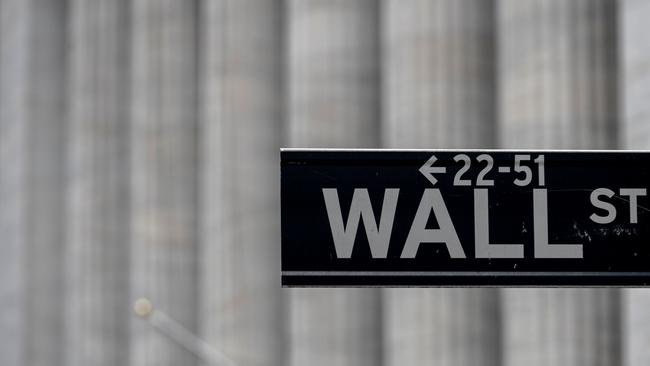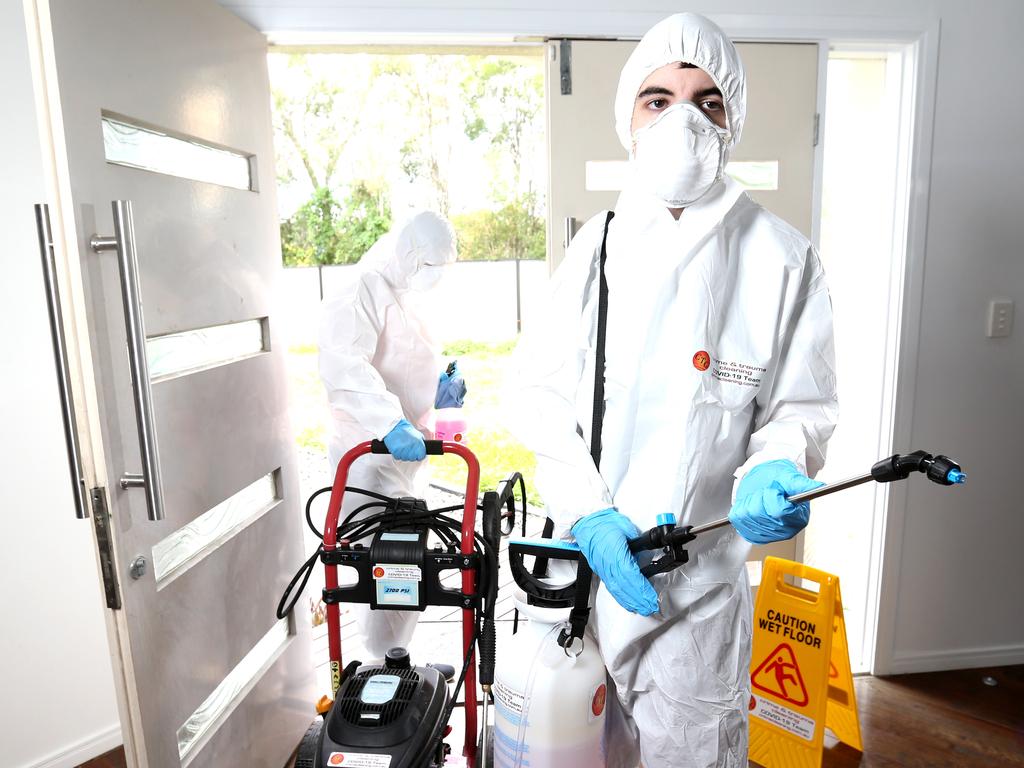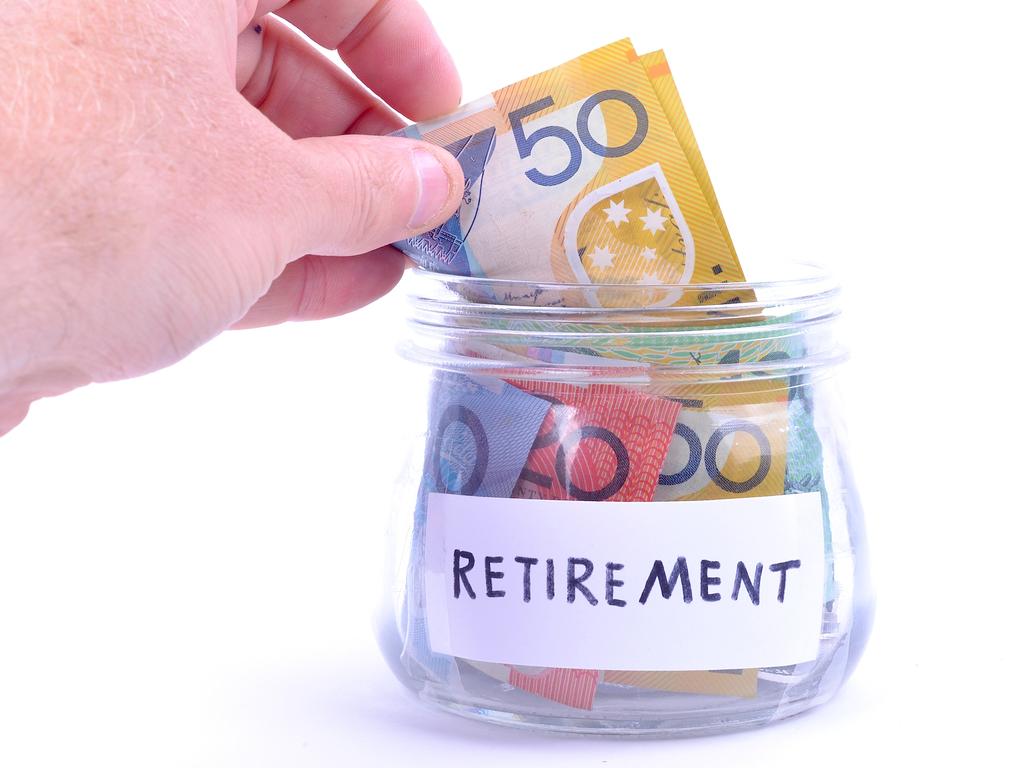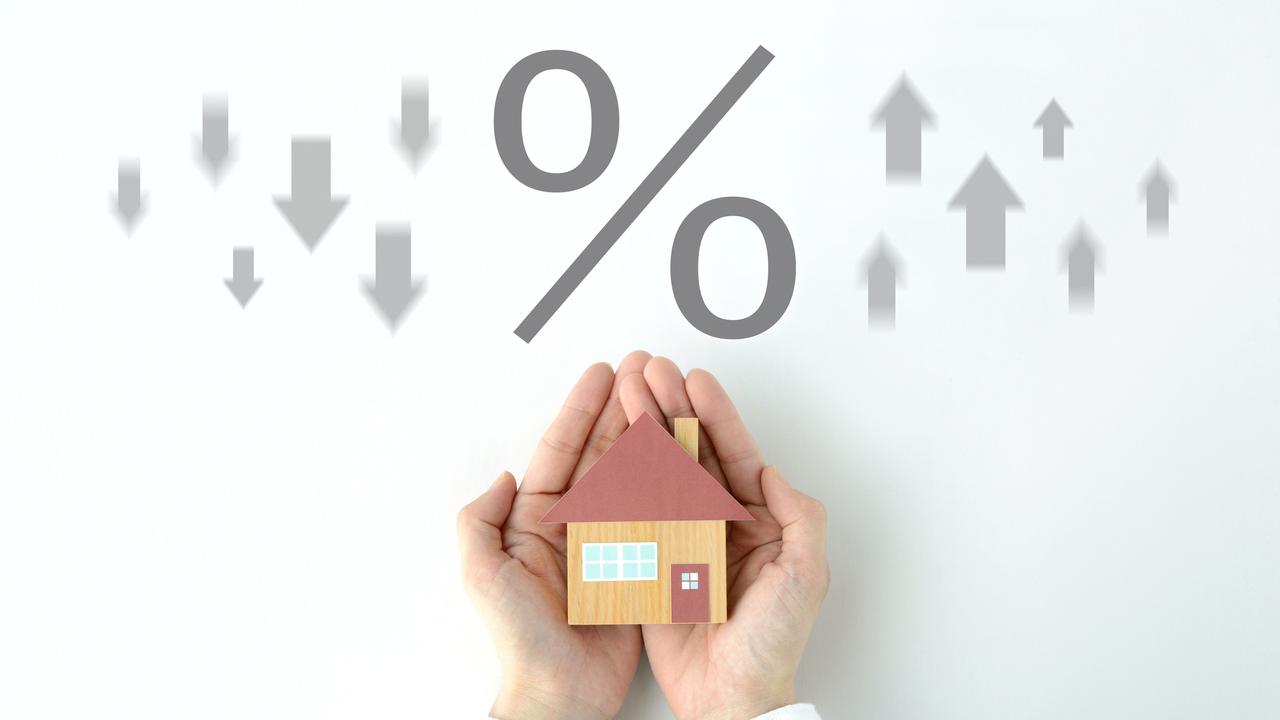Beaten-up blue chips offer chance to rebalance as central banks lose mojo
A portfolio rebalance towards airports, toll roads and shopping centre stocks could be worth the risk.

Notwithstanding the lockdowns, infections and tragically unnecessary deaths in Victoria, the global investing news flow in recent weeks has been relatively positive. The Europeans agreed on a stimulus package and the news on the progress of a vaccine has been encouraging.
It should have been very, very good news for the stockmarket, especially for cyclical and value stocks (those that have not participated in the technology bubble).
But no such thing happened.
Since my previous column was published to the time of writing the S&P500 is down about a quarter of a per cent and the ASX 300 is up marginally.
The reaction in markets suggests that traders have already priced in the best-case scenarios leaving the downside risk as something investors must now take more seriously.
Much of the strength in the stockmarket since the March lows has been driven or led by technology companies and in fact the driving has been done by just five of them — Microsoft, Google, Facebook, Amazon and Apple.
The S&P 500 is flat for the 2020 calendar year but without these five stocks it would be down about 10 per cent.
In the past five years our big five tech titans have increased their profits by $US80bn ($111bn) but their market capitalisation has increased 50 times the increase in profits or $US4.4 trillion.
Consequently, the S&P 500 is now displaying its highest price-to-earnings multiple since 2000, the highest price-to-book value since 2001 and an almost all-time high price-to-sales ratio.
Meanwhile, volatility is beholden to a vaccine, along with fiscal and monetary policy success. Too much has to go right for volatility not to spike again along with the equity market risk premium. Now could be the time to rebalance portfolios towards the highest quality company names that have been left behind by the rally. A somewhat contrarian view is to consider listed securities that have a stake in high quality assets, those with genuine leverage to a vaccine while also benefiting from a continuation of lower rates.
That might mean airports, shopping centres and toll roads. The strategy is not without risk, but neither is owning highly priced technology bubble stocks.
Just now the level of bond defaults is minuscule compared with the size of bond markets and therefore inconsequential, but the defaults speak to the ineffectiveness of central bank policy in shoring up the economy against its entrenched problems.
Low rates are great if people spend and businesses invest but that isn’t happening. There is so much liquidity in the Australian banking system that banks no longer have to borrow and consequently short-term rates are lower than the RBA official cash rate. But banks seem to have forgotten how to lend responsibly and/or nobody wants to borrow and take risk.
Whichever is the case, the hoped-for stimulus and default-preventing that low rates and central bank unconventional monetary policy is supposed to provide isn’t working.
And if central bank policy is ineffective in terms of its economic impact, how much should it be relied upon to suppress volatility?
Meanwhile the stockmarket hovers around all-time highs. You cannot help but wonder, if those we are relying on to save us cannot do so, will stockmarket sentiment shift, at some point, from unbridled enthusiasm to despair?
I cannot say if or when sentiment will change — predicting the madness of crowds and the end of a popular delusion is next to impossible. It can shift overnight and without warning.
For that reason, it might be wise to rebalance portfolios. That interest rates remain low for a very long time is a reason to remain invested in equities. Equities represent the growth engine of a portfolio and so it is vital to remain invested with exposure reflecting one’s risk appetite. But rebalancing the portfolio from the riskiest of securities to something representing high quality may now make sense.
Roger Montgomery is the chief investment officer at www.montinvest.com.au






